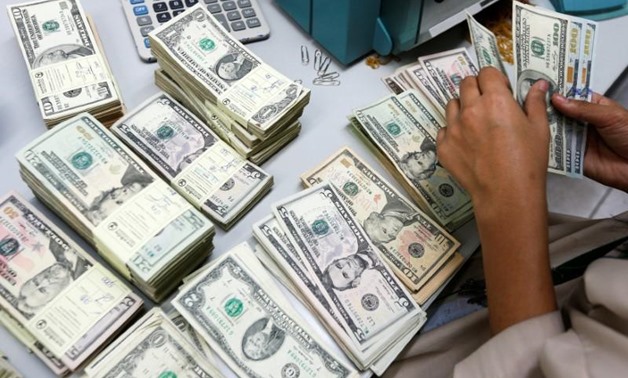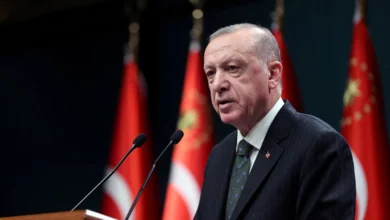
A short-lived spike in the euro dominated this year's last day of trade in major foreign exchange markets on Friday, with dealers citing a handful of orders as driving the dollar to its lowest since Dec. 8.
The euro surged to as high as $1.07 on the move, two full cents higher, before retreating to $1.0543, still up 0.4 percent on the day.
The yo-yo nature of that trade prompted analysts to draw parallels with the "flash crash" in October which briefly knocked almost 10 percent off the value of Britain's pound.
As then, the shift came in the period at the start of the Asian day when markets are at their thinnest and the majority of liquidity available tends to come from the automated computer programmes run by banks and other major houses.
"It looks like it was a combination of thin markets, some year-end rebalancing against the dollar and covering of shorts above $1.05," said Alvin Tan, a strategist with Societe Generale in London.
"The fact that banks have reduced the provision of liquidity given regulatory restrictions contributes to this kind of move and makes it slightly more structural. These kinds of crashes are going to be with us for some time."
Further gains for the greenback are one of the big consensus plays for financial investors going into 2017, although there have been signs of doubt in recent weeks, with analysts beginning to wonder how much further appreciation a Donald Trump White House will tolerate.
Still, despite all the gains for the dollar since Trump's victory in November, the single currency is down just 3 percent for the year against the dollar and a number of major banks predict a test of parity early next year. EUR=EBS
The dollar index, which tracks the greenback against a basket of six major rivals, slipped 0.3 percent to 102.40 .DXY, down from a 14-year high of 103.65 hit on Dec. 20 and up 3.8 percent on the year.
Similarly, although the yen has fallen 15 percent against the dollar in the past three months on expectations Trump will boost U.S. public spending and inflation, it is still up almost 3 percent for the year.
The euro gained 0.6 percent to 122.99 yen EURJPY= after reaching its highest since Dec. 15, but remained on track to shed 5.8 percent against the yen for the year.
"It's a really thin market today, and suddenly offers disappeared and short-term players pushed the euro higher and took out stops. That's all," said Kaneo Ogino, director at foreign exchange research firm Global-info Co in Tokyo.
China's yuan CNY=CFXS looked set to end the year down around 7 percent against the resurgent dollar, making it the worst performing Asian currency of the year.
China will change the way it calculates a key yuan index in the new year, nearly doubling the number of foreign currencies in a basket that is used to set the yuan's value, its foreign exchange market operator said late on Thursday.
Analysts said the change was in line with the central bank's intention to discourage investors from exclusively tracking the yuan's fluctuations against the dollar, but it would have limited impact on the Chinese currency, which is expected to weaken further against the dollar in 2017.




